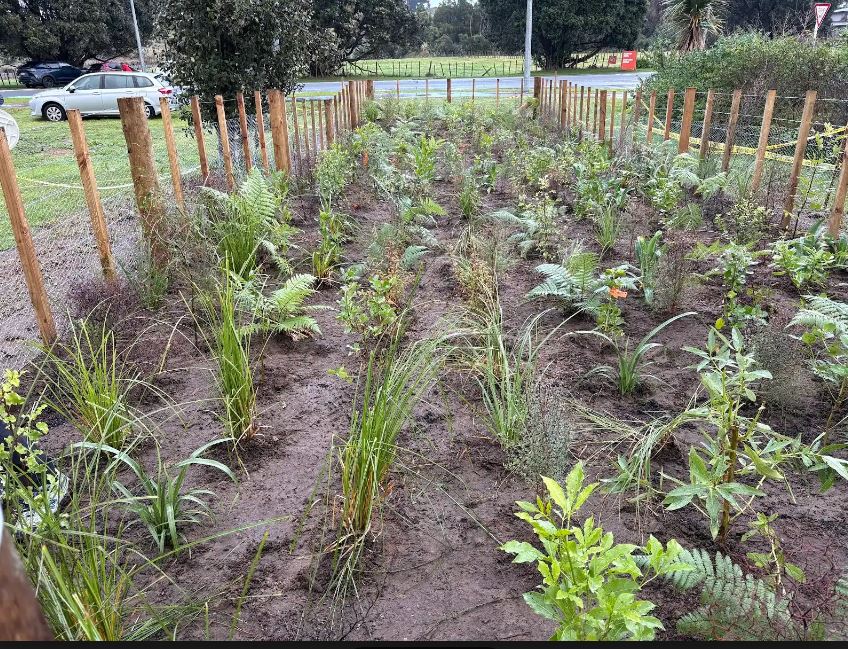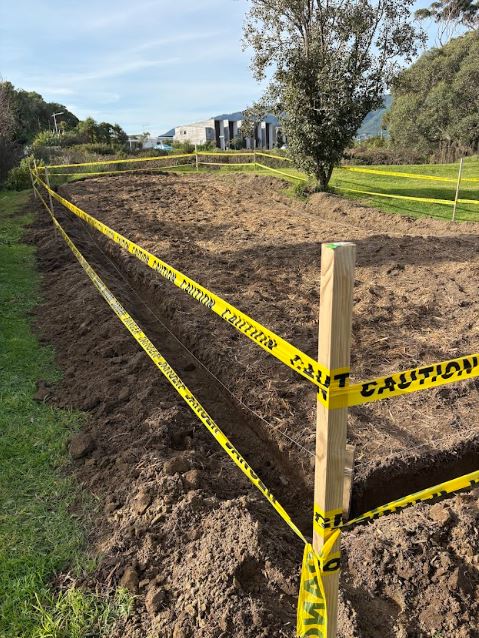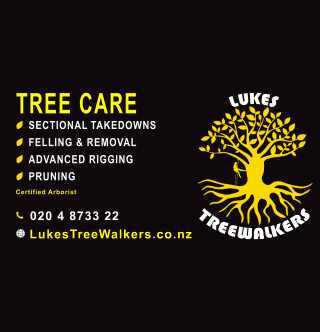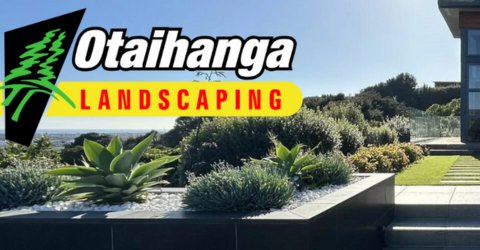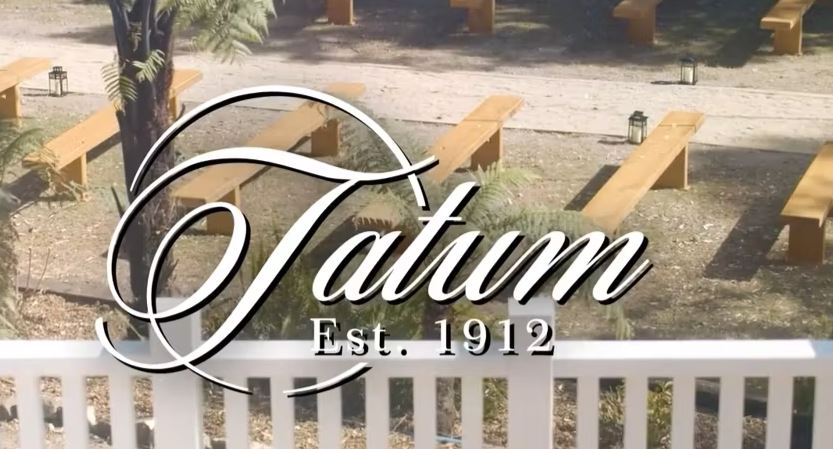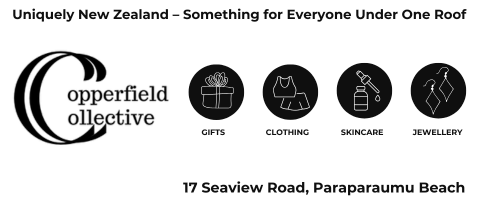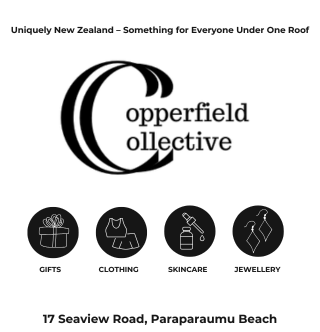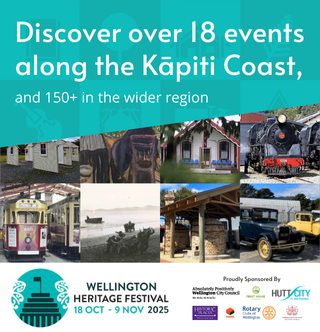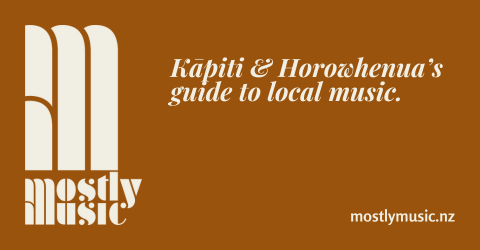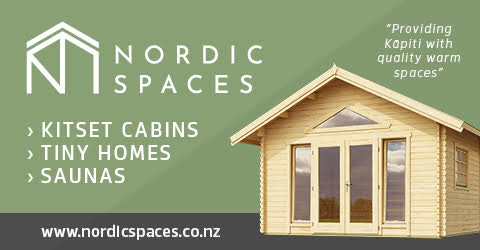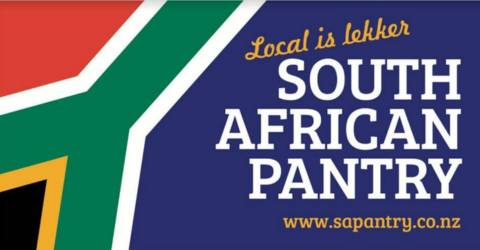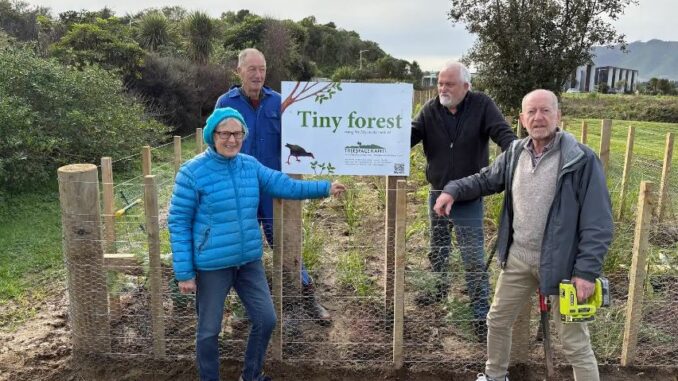
TreeSpace Kāpiti has successfully planted a tiny urban forest in Waikanae, thanks to strong community backing, local know-how, and considerable support from Kāpiti Coast District Council (KCDC).
The 100-square-metre plot, planted using the high-density Miyawaki method, will rapidly grow into a self-sustaining native forest, offering significant environmental benefits.
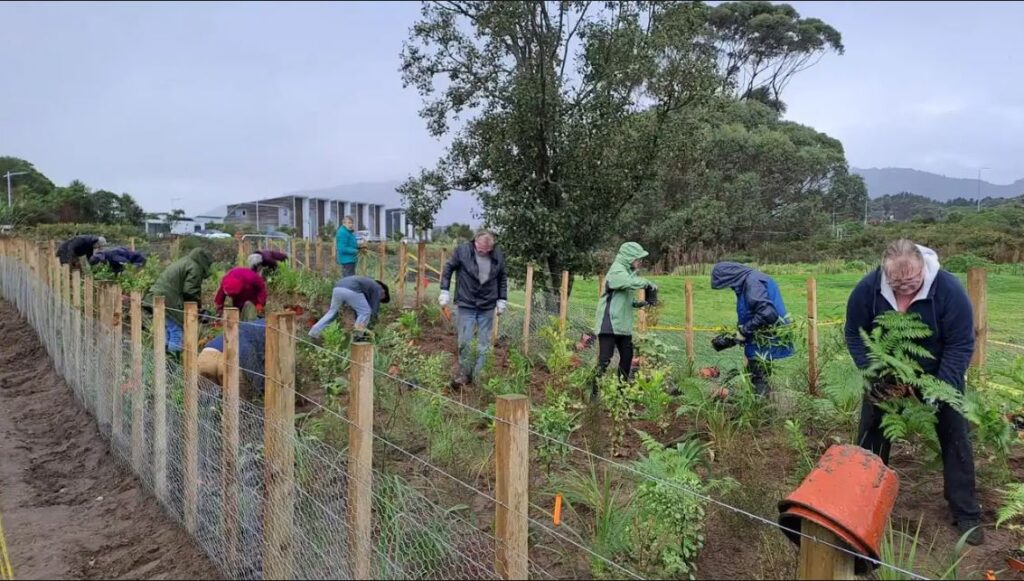
The first tiny urban forest in New Zealand is in Nelson – the Nelson Whakatu Microforest.
TreeSpace Kāpiti planted 33 species of trees, shrubs and ferns indigenous to the area. There were 400 plants covering an area 40 by 10m. So the plants are 30cm apart, much closer than normal. They grow much faster and absorb more carbon dioxide than normal forests.
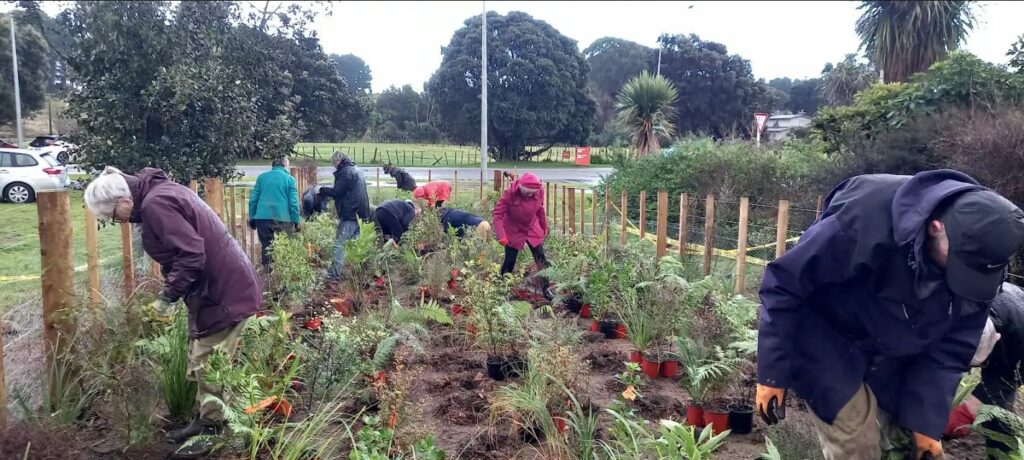
Benefits of the project include:
Absorbing up to 30–40 times more carbon than conventional plantings
Boosting biodiversity
Cooling urban areas
Improving air and soil quality
Reaching maturity up to 10 times faster than traditional forests
Spokesperson Geoff Scrase says the 18-month project showcases what’s possible when communities reimagine small spaces.
“This forest isn’t just about trees—it’s about collaboration and local climate action,” he said.
Key contributors included:
Lewis Farms – donated manure/wood chip mix
Poulton Farms – built rabbit-proof fence at cost
Kāpiti Quakers – donated funds from Jo Moxon’s estate
Hanging Around Ltd – supplied tarpaulins for weed control
Kāpiti Signs – provided old signage
KCDC – allocated land and gave a $2000 Climate Action Grant
Charpae – supplied the biochar
The site was weeded, composted, and augured for 400 native plants of 33 species. The project also tests the effects of biochar and fungi on plant growth. Ongoing care will ensure the forest becomes self-sustaining in 3–5 years.
TreeSpace Kāpiti, founded in 2023, promotes tree protection, green space access, and the 3-30-300 vision:
3 mature trees visible from every home
30% tree canopy in each neighbourhood
300m access to green space for everyone
“We hope this becomes a model for future community greening,” says Mr Scrase.
